How Powerful is Iran in 2025:
Discover how powerful Iran ایران is in 2025 with a complete analysis of its military strength, nuclear ambitions, economic resilience, and global influence under Supreme Leader Ali Khamenei.
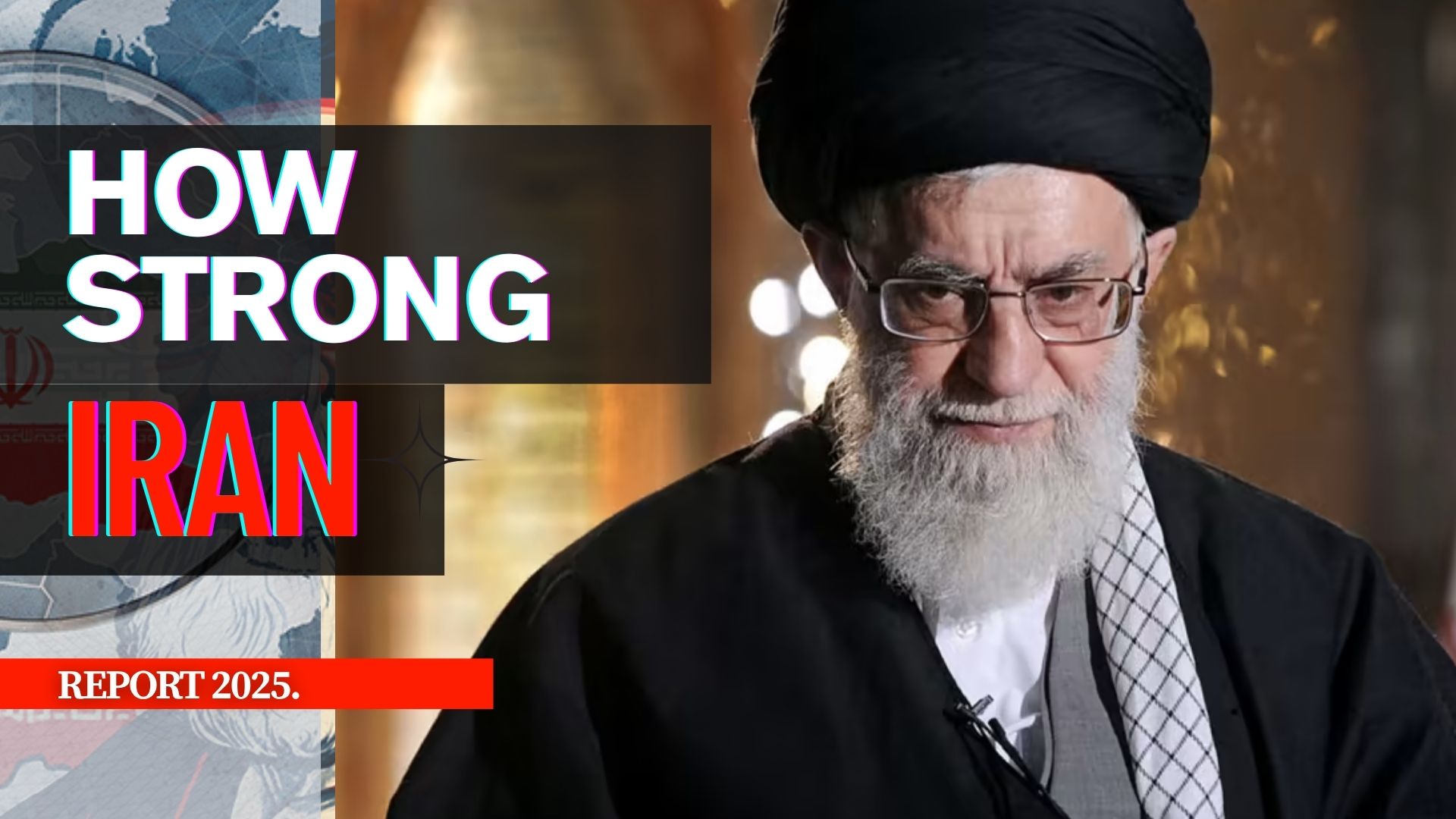
Iran, also known The Persia officially the Islamic Republic of Iran, remains one of the most strategically significant, powerful and strongest nations in the Middle East. Despite enduring international sanctions, domestic issues, and geopolitical isolation, Iran has managed to sustain and even enhance its influence in the region by leveraging military strength, proxy networks, and energy resources. In 2025, Iran’s power is multidimensional—spanning military, nuclear potential, economic endurance, regional influence, and cyber capabilities. and also we will be discuss that the how powerful is the Iran’s Supreme Leader, Ayatollah Ali Khamenei
IRAN’s Military Strength in 2025: Full Overview
Iran possesses one of the largest standing militaries in the Middle East. Despite outdated equipment in some areas, its asymmetric tactics, drone warfare, and missile technology make it a formidable force. we will explain all three categories of irans military strength in 2025.
Ground Forces:
Iran’s ground forces are the backbone and the most important strength of its defense and offensive doctrine, combining regular army units with elite IRGC ground divisions. The country continues to develop its domestic arms industry to remain self-sufficient under sanctions.
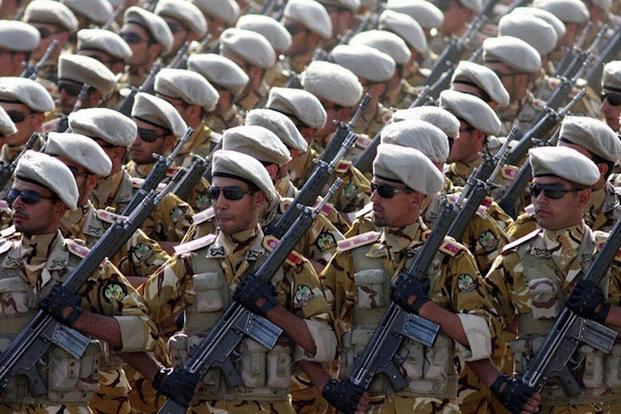
Active Personnel:
Iran maintains an estimated 575,000 active troops which is the second largest army in the middle east after turkey, divided between the Islamic Republic of Iran Army (Artesh) and the Islamic Revolutionary Guard Corps (IRGC) or Pasdaran E Inqilab. The IRGC Ground Force controls elite divisions and paramilitary Basij forces for internal control and regional operations.
Tanks:
Iran fields approximately 1,800 main battle tanks, including:
-
T-72 variants (T-72S, T-72M1) – over 600 units
-
Zulfiqar MBT (Iranian-made) – approx. 600+ units
-
Chieftain and M60 tanks (U.S. and British-origin, older models) – hundreds still operational with upgrades
Despite being outdated by Western standards, these tanks are often upgraded with modern fire control and armor systems.
Ballistic Missiles:
Iran holds the largest ballistic missile arsenal in the Middle East, with over 3,000 missiles of various ranges:
-
Shahab-3: ~2,000 km range
-
Sejjil-2: Solid-fuel, ~2,200 km
-
Fateh-110/Fateh-313: Short-range precision missiles (200–500 km)
-
Khaybar Shekan: New-generation solid-fuel missile (~1,450 km range)
Missile development remains a top priority, seen as a strategic deterrent against Israel and U.S. bases in the middle east.
Air Defense Systems:
Iran operates a layered air defense network combining Russian systems and indigenous technologies:
-
Russian S-300PMU-2: Long-range SAMs, acquired in 2016
-
Bavar-373: Iran’s homemade equivalent of the S-300
-
Khordad-15: Capable of tracking 6 targets and engaging 6 simultaneously
-
Tor-M1 & Mersad: Short and medium-range systems for base defense
While not as advanced as Western systems, Iran’s air defense has proven capable in intercepting drones and cruise missiles during recent regional flare-ups. but although iran air defense system still want more improvement.
IRAN’s Air Force:
Iran’s Air Force is 6th largest airforce in the middle east which is the weakest branch in terms of modern equipment but remains strategically important through its missile integration, drone command, and retrofitted aircraft.
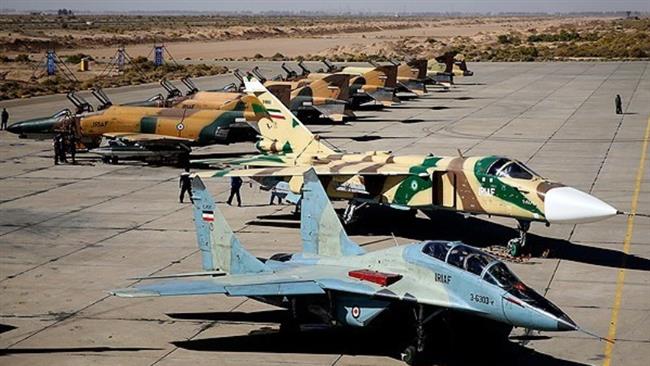
Total Aircrafts:
Iran operates roughly 330–350 military aircraft, although many are legacy systems from the 1970s and 80s. These include a mix of U.S. (pre-1979) and Soviet-era jets, with some Chinese variants and Iranian modifications. Many aircraft are kept airworthy through reverse-engineering and spare part adaptation.
Attack Aircrafts:
-
F-4 Phantom II: ~40 units, used for long-range strike missions
-
Su-24MK: ~25 units, Russia-supplied, used in Syria operations
-
F-5E/F Tiger II: ~60, many upgraded into Iranian variants like Kowsar
-
MiG-29 Fulcrum: ~30 aircraft used for multi-role combat
These jets are aging, but Iran continues to modernize avionics and weapons to retain offensive capacity.
Helicopters:
Iran has about 130–150 military helicopters, used for transport, close air support, and search & rescue roles. Key types include:
-
Bell AH-1J Cobra: ~50 attack helicopters (pre-revolution U.S. models)
-
Mil Mi-17 (Russia): ~40–50 units for utility and troop transport
-
Shahed-278 and Toufan: Iranian-made helicopters
Limited in attack capacity, these platforms are more often used in mountainous border areas or IRGC operations.
Drones (UAVs):
Iran is the 4th largest drones manufacturing country in the middle east and now a global drone superpower, with over 1,000 active drones and growing export networks to Russia, Hezbollah, and the Houthis. Iran’s drone doctrine focuses on swarm attacks, kamikaze strikes, and long-range reconnaissance.
Notable systems:
-
Shahed-136: Loitering munition, used in Ukraine and Israel-Palestine conflicts
-
Mohajer-6: Armed drone with precision-guided munitions
-
Karrar: Jet-powered attack UAV
-
Fotros: One of Iran’s largest drones, used for strategic surveillance
These drones have made Iran an asymmetric air power, often bypassing traditional air defenses to strike with low cost and high efficiency.
IRAN’S Naval Forces & Fleets:
Iran’s Navy is the 2nd largest navy in the middle east after turkey in 2025, iran’s navy is split between two branches with distinct roles and areas of operation:
-
The Islamic Republic of Iran Navy (IRIN) – operates in the Gulf of Oman, Arabian Sea, and beyond
-
The IRGC Navy (IRGCN) – operates in the Persian Gulf, Strait of Hormuz, and focuses on asymmetric warfare
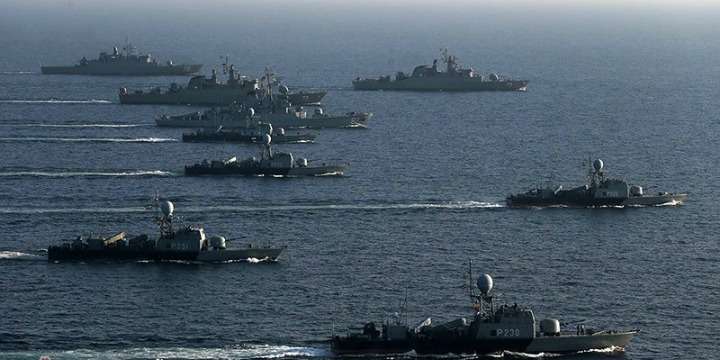
Together, they are designed to defend Iran’s coastlines, disrupt enemy naval movements, and threaten key global trade routes, especially the Strait of Hormuz, through which ~20% of the world’s oil passes.
Total Naval Personnel
Iran’s Navy has around 18,000–20,000 active personnel, with a significant number under the IRGC Navy, which plays a dominant role in asymmetric naval warfare in the Persian Gulf.
Warships and Vessels
While Iran lacks modern blue-water capabilities like aircraft carriers or destroyers, it has over 400 vessels including fast-attack boats, missile ships, and submarines.
Major Surface Ships:
-
Sahand-class destroyer/frigate – 3 active units (Iranian-built, multi-role)
-
Moudge-class frigates – 5 in service
-
Bayandor-class corvettes – 2 older units, upgraded
These ships are equipped with anti-ship missiles, radar systems, and naval artillery.
Fast Attack Craft & Missile Boats
Iran excels in fast-attack swarm tactics using small, agile boats armed with rockets, torpedoes, or anti-ship missiles:
-
Over 200+ fast attack craft in IRGC Navy inventory
-
Often deployed in groups to threaten larger U.S. or Saudi vessels in the Strait of Hormuz
These are the backbone of Iran’s naval guerrilla strategy, effective in narrow waters and against oil tankers.
Submarines:
Iran maintains a substantial submarine fleet focused on coastal defense and strategic deterrence:
-
3 Kilo-class submarines (Russia-supplied, heavy subs for deep-sea missions)
-
Over 20 Ghadir-class mini-submarines, ideal for shallow waters in the Gulf
-
Fateh-class (indigenous, medium-size subs) – 2 operational, more in development
Iran’s submarines are equipped with torpedoes, naval mines, and possibly cruise missiles, giving it undersea capabilities unmatched by many regional navies.
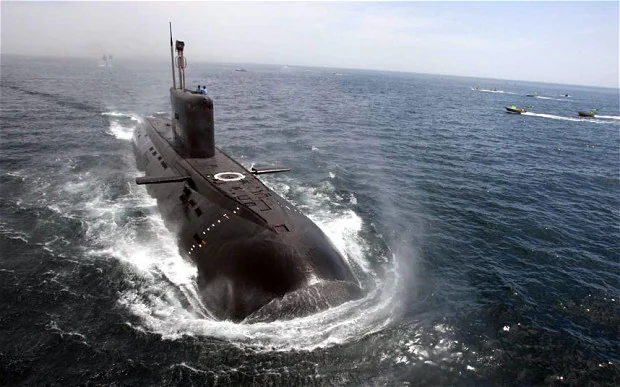
Anti-Ship Missiles and Naval Artillery
Iran’s Navy deploys a wide range of domestically produced anti-ship missiles, including:
-
Noor (C-802 variant) – up to 120–180 km range
-
Qadir – advanced anti-ship missile (~300 km range)
-
Nasr and Kosar missiles – deployed on small boats and coastal batteries
These are used in both offensive naval platforms and coastal missile defense units, making the Strait of Hormuz highly dangerous for adversaries during conflict.
Naval Bases & Strategic Locations
Iran’s major naval bases are located at:
-
Bandar Abbas – home to IRGCN and IRIN fleets
-
Chabahar – eastern base, gives access to Indian Ocean
-
Bushehr and Jask – Gulf-focused forward-operating points
The geography of the Persian Gulf, along with narrow chokepoints like the Strait of Hormuz, gives Iran a major advantage in controlling naval traffic and launching sudden maritime strikes and which can highly effect the global oil market.
Naval Exercises & Global Reach
In recent years, Iran has conducted joint naval drills with:
-
Russia and China in the Gulf of Oman and Indian Ocean
-
Independent deployments to Atlantic Ocean to show blue-water ambitions
-
Increased patrols near Pakistan, Oman, and even East Africa
While not a global sea power, Iran’s navy is proving it can project influence far beyond its coastline and align itself with Eastern powers.
